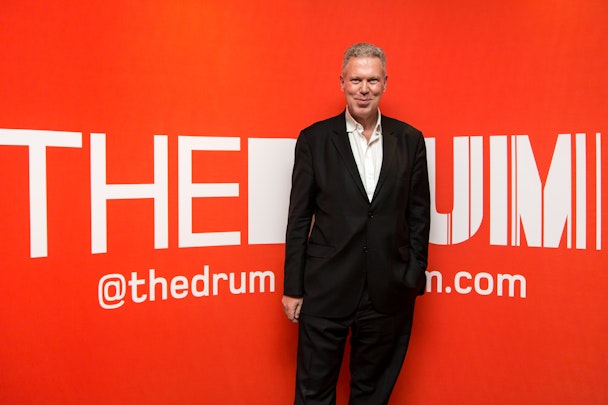The real power of statistics in a post-truth world
We are constantly being bombarded with messages, and brands are struggling to be heard in this cacophony of chaos. Spin doctors encourage us to do more and more extreme stunts in a desperate attempt to secure those precious column inches. Unless handled with expert precision, the risk is these sultans of spin will land us in dire straits.

While some campaigns and stunts are undoubtedly the stuff of legend, the louder we shout the more we risk our audience switching off. Once we get their attention, it is essential that the message we give them is clear. Substantiated hard facts and accurate figures can themselves be shocking. But only if those statistics are right.
Otherwise, stats have the power to shock for the wrong reason. Witness Diane Abbott on the Nick Ferrari show agonising over the cost of 10,000 extra police officers.
“Well if we recruit 10,000 policemen and women over a four-year period, we believe it would be about £300,000.”
…a bargain at £30 per officer
"Haha, no. I mean... sorry. They will cost... they will, it will cost, erm, about... about £80m."
…so each police officer would only receive an annual wage of £8,000…
It is often said that on the campaign trail you can tell when a politician is lying – their lips are moving. And there are three kinds of lies: lies, damned lies and statistics. Repeat a lie often enough and it becomes the truth.
Just take the Brexit battle bus during the EU referendum, emblazoned with the unforgettable promise: “We send the EU £350m a week. Let’s fund our NHS instead.”
Just an hour after the Leave victory was confirmed, a triumphant Nigel Farage was distancing himself from that pledge in an interview with Good Morning Britain’s Susanna Reid.
Reid: “That’s why many people have voted! You’re saying after 17 million people have voted for Leave – and that (advert) was a huge part of the propaganda. You’re now saying that’s a mistake?”
Farage: “It wasn’t one of my adverts. I would never have made that claim. That was one of the mistakes I think that the Leave campaign made.”
A few days later, the Vote Leave campaign wiped almost its entire website from the internet, expunging the promise that the EU budget would be sent back to the NHS.
The fudged figures of Brexit and the outlandish narrative of Donald Trump resulted in ‘post-truth’ being chosen as the Oxford Dictionary’s Word of the Year for 2016. It should serve as a reminder that to help separate the facts from the spin, we need to question everything and look for peer supported evidence.
And that’s exactly what this column will do over the coming weeks. Here, I’ll subject the stories of the day to a pressure test to find out whether they really stand up to serious scrutiny. This blog will separate the facts from the fiction in the everyday news agenda.
Why do we need to do this? Even if we accept there may be a kernel of truth in Michael Gove’s assertion that “people in this country have had enough of experts”, if we give up on calling out lies when we see them then we risk stripping real stats – like this week’s shocking news that Britons routinely bin 1.4 million edible bananas every day – of their importance.
According to the World Hunger and Poverty Facts and Statistics from 2015 there is enough food in the world to feed everyone, and yet 793 million people – more than 1 in 10 – are undernourished.
In the UK in 2014 an estimated 8.4 million people – the equivalent of entire population of London – were living in households having insufficient food.
And against that one third of all food produced is lost or wasted each year – around 1.3bn tonnes of food, costing the global economy close to $940bn each year.
If one quarter of the food currently lost or wasted could be saved, it would be enough to feed 870 million hungry people.
The facts and figures around food waste are alarming and speak for themselves without the need for extreme stunts.
They remind us that to be heard, sometimes we just need to turn down the volume, provide evidence, get the message clear and let the figures do the talking – providing more light than heat can be so much more effective…
If there are particular stories you feel should be subjected to a pressure test to find out whether they really stand up to serious scrutiny get in touch...

